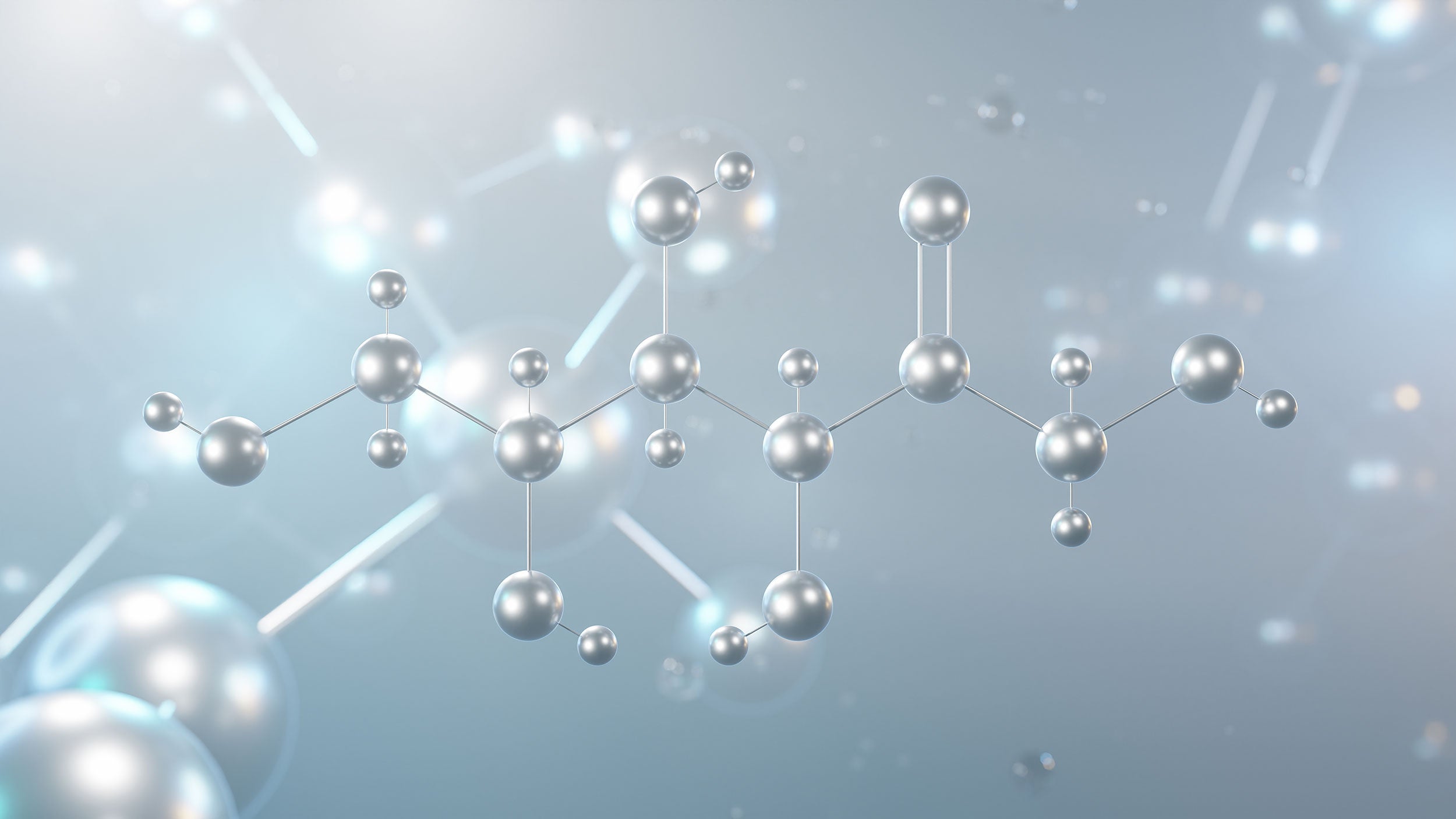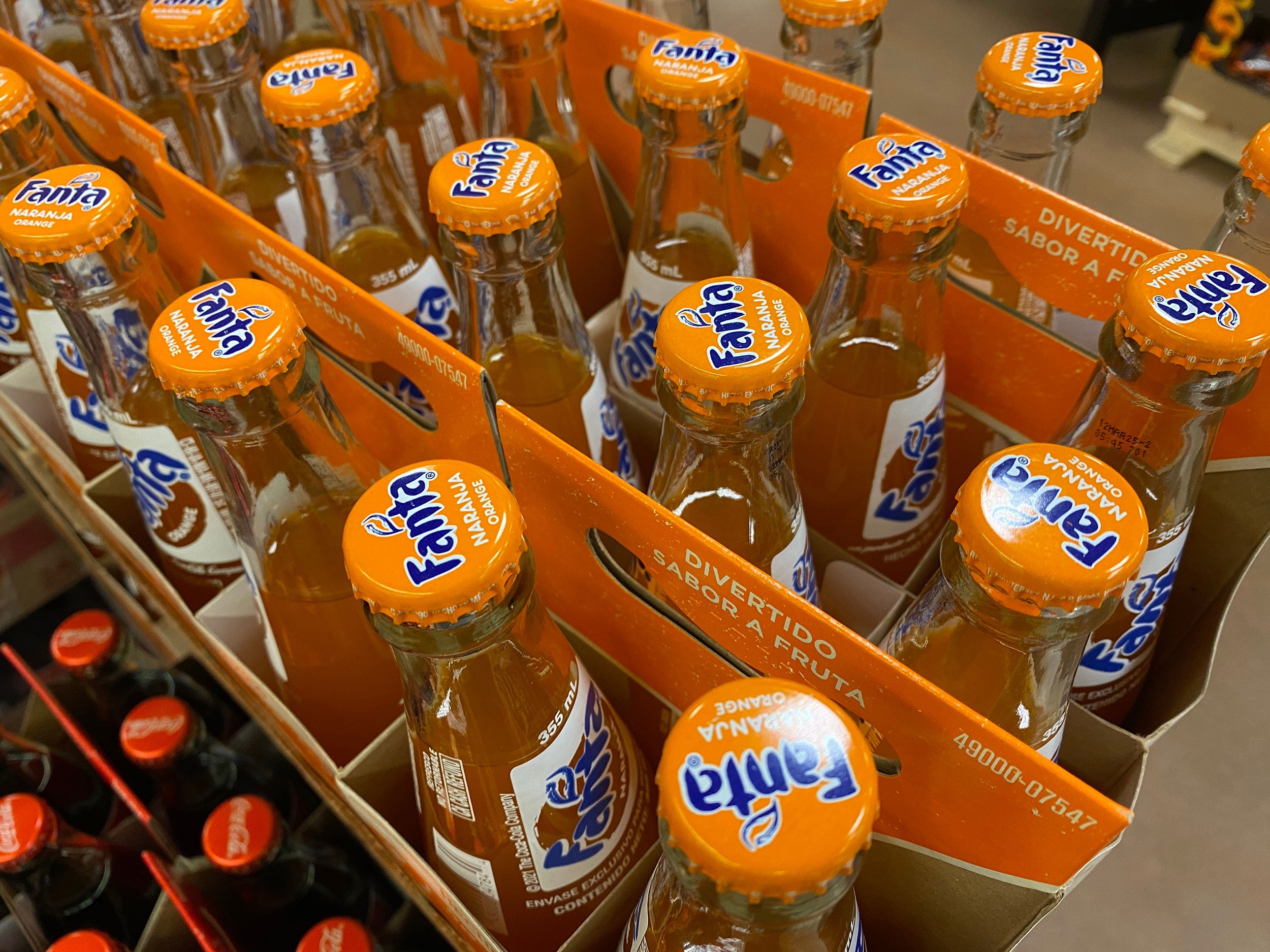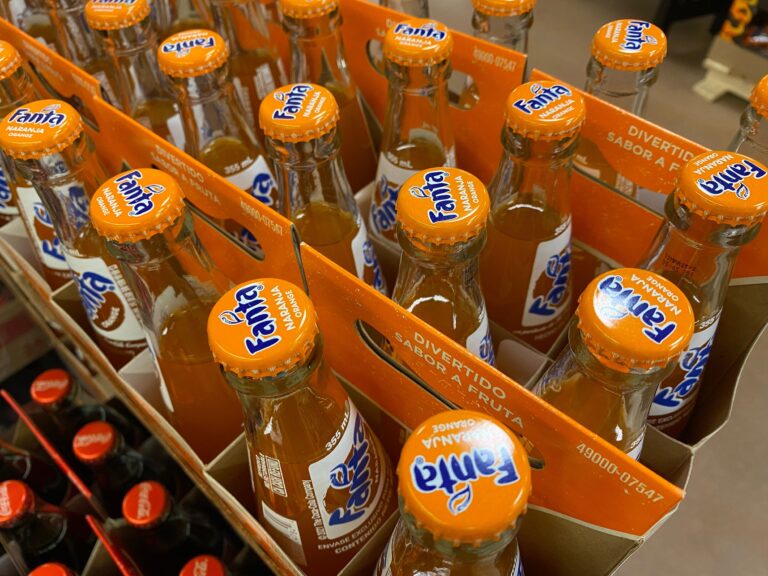The grocery aisle is a battlefield of buzzwords. “Organic.” “All-natural.” “Non-GMO.” And lately, the new darling of the label wars is: “Made with real cane sugar.”
It’s a marketing strategy that plays on nostalgia and health perception. Soda companies swap out high-fructose corn syrup (HFCS) for cane sugar, then slap a wholesome-looking banner across the label. But the stark reality is that, when it comes to your metabolism and your body’s perception of the two, cane sugar and corn syrup are nearly indistinguishable.
Without further ado, here’s why swapping HFCS for sugar isn’t the nutritional upgrade it pretends to be …
From a molecular standpoint, both cane sugar and HFCS are composed of the same two monosaccharides, called glucose and fructose, which are very simple, single-sugar building blocks. Molecularly, cane sugar is made of one glucose and one fructose molecule chemically bonded together — a 50 percent fructose, 50 percent glucose ratio. HFCS, on the other hand, is a free-floating mix of glucose and fructose, made with approximately 55 percent fructose and 45 percent glucose in soda formulations.

So, while there’s a slight skew toward more fructose in HFCS, it’s nominal. Moreover, the total sugar load, and more importantly how your body processes it, is fundamentally the same. Enzymes in your small intestine rapidly break apart the cane sugar into free glucose and fructose anyway. Within minutes of drinking that soda, the sugar profiles of both sweeteners become effectively identical in your bloodstream.
Much of the fear around HFCS stems from concerns about fructose metabolism. Unlike glucose, which is used by nearly every cell in the body, fructose is metabolized almost exclusively in the liver. In large quantities, this can lead to increased fat synthesis, insulin resistance, and elevated triglycerides.
But the problem is that cane sugar is still made of 50 percent fructose. So, any metabolic concerns linked to HFCS apply almost equally to cane sugar, as well. The villain isn’t the syrup; it’s the sheer volume of added sugars in our diets, regardless of source.
The resurgence of “real sugar” sodas is more about consumer psychology than public health. Cane sugar has an old-school charm, evoking images of sun-drenched sugar farms and “simpler” times.
Corn syrup, by contrast, feels industrial, anonymous, and vaguely menacing.
But don’t let branding distract from biochemistry. The body doesn’t care whether your sugar came from a cane stalk or a corn kernel. Once it’s broken down, the molecules are molecularly identical, and they’re heading through the same metabolic pathways.


If there’s a lesson here, it’s that the problem lies in quantity, not origin. Americans consume roughly 17 teaspoons of added sugar per day, far exceeding recommended limits. Whether those teaspoons come from HFCS or table sugar doesn’t meaningfully change the metabolic burden or health effects.
If you’re aiming for better health, switching from one sweetener to another is like rearranging deck chairs on a biochemical Titanic. The more meaningful action? Reducing your overall intake of added sugars. Period.
In the end, the “real sugar” label might make your soda feel craftier or more artisanal. It might even taste a little different on your tongue. But don’t confuse that with a health benefit. Corn syrup, cane sugar, beet sugar? It’s all the same story at the molecular level. And your liver knows it.
So, next time you’re sipping that nostalgically-labeled soda, remember: sugar is sugar, and your pancreas isn’t sentimental.
» Related: Is Coke ditching high-fructose corn syrup as Trump claims?
Leah Elson is an American scientist, author, and public science communicator. She has two pit bulls and sixty-eight houseplants.


:max_bytes(150000):strip_icc()/Canadian20flag48553671412_aeb0538794_c-0bfa123de2b54e30ab4fadecae382d4a.jpg)










